Obviously, many people with diabetes require diabetes medications whether it be diabetes pills, GLP1/GIP injections or multiple kinds of daily insulin. Never stop taking your diabetes medication even when your “blood sugars are in range” and always check with your health care provider before making any changes when you have diabetes.
With that said, besides taking your medication, there are some other simple ways for you to help you better control your blood sugars. Let’s find out how.
What is Hyperglycemia?
Hyperglycemia means “high blood sugars.” When you have diabetes, your blood sugars go high since your body can’t regulate them because:
- Your liver produces too much glucose or sugar.
- Your body does not produce any or enough insulin.
- Your body is not using the insulin you produce correctly known as “insulin resistance”.
Symptoms of high blood sugars
- Increased urination
- Increased thirst
- Increased hunger
- Fatigue
- Headaches
- Blurred vision
- Skin infections
- Yeast infections
With Diabetes, blood sugars can go up because of:
- Inactivity or lack of exercise
- Food amounts
- Food choices
- Drink choices
- Food timing
- Lack of proper hydration
- Poor sleep
- Not enough sleep
- Smoking
- Stress
- Illness
- Unknown infection
- Surgery
- Sunburn
- No medical team in place
- Skipping medication
- Taking medication incorrectly
Keeping blood sugars controlled to the best of your ability by changing certain behaviors will help you prevent chronic complications such as damage to your eyes, kidneys, heart, nerve endings and feet. Blood sugar control can prevent amputations. These complications do not occur overnight, but chronic high blood sugars make the situation worse and be dangerous to your organs.
Simple changes you can accomplish, other than with medication
Remember to never stop taking or change your diabetes medication without consulting your health care provider.
A. Lose a few pounds
Although not so easy, losing some excess weight especially “belly fat” can both increase your insulin sensitivity and lower insulin resistance. “85% of people with type 2 diabetes are carrying extra weight or are obese. Weight has an influence on developing diabetes as well as maintaining blood sugars when you have diabetes.
“Weight around the middle” means the fat builds up in the stomach region near the internal organs such as the liver and pancreas, causing insulin resistance. It’s impossible to spot reduce, but losing weight will help you lose fat everywhere including “visceral or internal fat.” Even losing 5%-10% of your body weight can be a game changer for your diabetes control.
Weight loss will lower your blood pressure and cholesterol levels as well. Find out if your BMI in range based on your height and weight. Have your weight circumference measured by your physician. There is no one diabetes diet but evidence shows the “best approach is the one you will stick to.”
Talk to your health care provider about time restricted eating. Record in a journal tracking your weight, food, and exercise trends. Look into food services and delivered meal plans which may simplify your eating and food preparation.
If you are considered obese, you may be eligible for weight loss surgery which has shown excellent results in many patients, with or without diabetes. New medications are currently being used specifically for weight loss whether you have diabetes or not. Explore all your options for reasonable weight loss with your provider.
B. Manage carbohydrate intake
Carbohydrates are one of the body’s primary sources of fuel, but they must be limited when you have diabetes. “Eating reduced carbohydrate servings regularly throughout the day provides the body with less sugar at each meal, but energy throughout the day.”
Foods such as bread, rice, potatoes, pasta and fruit have a big effect on your blood sugars when you have diabetes. Carbohydrates break down into sugar which your body uses and stores for energy. Because you have diabetes, your body can’t regulate breaking down too many carbohydrates at once and this causes your blood sugars to rise.
A registered dietitian or CDCES (certified diabetes care and education specialist) can teach you how to count your carbohydrates as well as which carbs are better for you. Whole grains, beans and lentils take longer to get into your bloodstream due to fiber content.
Processed and refined carbohydrates raise your blood sugars quickly and offer no nutritional value. Skip empty calories such as junk foods and simple sugar. Watching total carbohydrate intake and timing of carbohydrates helps prevent blood sugar spikes.
C. Practice proper hydration throughout the day
When you are dehydrated either because of sweating a fever or lack of drinking, “your kidneys can’t flush out sugar through the urine.” Drinking water or zero calorie beverages during the day keeps you hydrated and less hungry, two benefits for those with diabetes.
“One study found that people who drink more water lower their risk of developing high blood sugar levels.” Drinking water prevents dehydration related complications. Enough water is needed to maintain blood volume and circulation. Symptoms of dehydration include dry mouth, dry lips, dizziness, fatigue, headache, irritability and dark yellow urine.
Individual needs of water intake vary based on your age, weight, altitude, weather and activity level. Make sure to check with your physician to see if you need to be on fluid restriction due to other health conditions. If you have no drinking limits, flavor water with mint, basil or cucumbers and drink a glass with each meal as well as in between.
Urine color should be a very pale yellow when you are properly hydrated. Certain things can affect and change the color of your urine such as dehydration, infections, vitamins, foods, liver disease, medications, or food dyes.
D. Monitor portion size
Just by eating less per meal your blood sugars will be better controlled and you will not gain as much weight. Weight gain by itself makes your blood sugars rise. You can work with a registered dietitian, a CDCES or take a Diabetes Management class to learn about proper food portion size.
You can look online for examples of measuring portion sizes such as the size of a deck of cards or using cup/spoon measurements or even your own fingers.
E. Other simple tips for eating with diabetes
- Balance every meal- Get a mix of nutrients- proteins, complex carbs, healthy fats.
- Eat on smaller plates – dessert size or salad size.
- Read all labels when available on food packaging to see what an actual “serving size is.”
- Avoid buffets or “All you can eat” parties or events.
- Use a food scale.
- Write in a journal.
- Eat slowly.
- Eat with your non-dominant hand.
- Put down your silverware between bites.
- Sip water during your meal.
- Never skip a meal which leads you to overeat at the following meal.
- Never wait until you are too hungry or starving to eat.
- Avoid sweet, salty, refined, or processed foods. They start you on a craving and binging cycle.
- Drink a glass of plain water before each meal.
F. Learn about the glycemic index
The “glycemic index” measures how quickly carbohydrates breakdown during digestion and how rapidly your body absorbs them. This will influence how fast your blood sugar will rise. Foods with a low to moderate glycemic index includes lentils, beans, bulgur, barley, oats, plain Greek yogurt, quinoa, amaranth, and non-starchy vegetables.
Foods with a high glycemic index include potatoes, white bread, instant white rice, BBQ sauce, ketchup, salad dressings, fruit juice, spaghetti sauce, low fat flavored yogurt, cereal or energy bars, canned fruit in syrup, packaged granola, sport drinks, many boxed cereal choices, pre-made smoothies and canned soups containing maltose, sucrose or dextrose.
G. Include a lean protein and healthy fat at each meal
Many people think a small glass of OJ with a bowl of instant flavored maple oats with raisins and banana is a reasonable and complete breakfast when you have diabetes. This combination may make your blood sugars soar. There is too much sugar and no lean protein or healthy fat to complete this meal.
Think about eating old-fashioned, unflavored long cooking oatmeal (more fiber) and add berries and a handful of unsalted chopped nuts. Eat a slice of low-fat cheese, Canadian bacon or an egg or egg white for protein and a ¼ of an avocado for a healthy fat.
Skip the OJ completely and eat an orange instead. Proteins and healthy fat can help level blood sugars when combined with a carbohydrate. Small changes to your meal combinations can be significant to your blood sugars.
H. Eat probiotic foods
Studies have shown that “probiotics have a beneficial effect on fasting glucose in adults with type 2 diabetes and the effect was stronger in those with poorly managed diabetes and those not on insulin.” Foods rich in probiotics have been known to “lower fasting blood sugars and reduce insulin resistance.”
Probiotics are defined as “live microorganisms which play an important role in health and disease.” Fermented foods contain probiotics and include Kefir, live cultured plain yogurt, sour dough bread, miso soup, kimchi and sauerkraut. Buttermilk, certain aged cheeses and cottage cheeses are also high in probiotics.
I. Add fiber
“Fiber helps slow the body’s digestion of carbs and sugar absorption.” By eating fiber, you can promote a slow and more gradual rise in your blood sugars. Fiber also helps prevent low blood sugars since it stays with you longer. Fiber also keeps you satiated or feeling full for a longer period of time.
Fiber is either soluble or insoluble and soluble fiber has been shown “to improve blood sugar management.” Eat vegetables, fruits, legumes, beans and whole grains for the fiber content. Specific food choices include apples (with the skin), Brussel sprouts, peas, millet, popcorn and wild rice, in proper serving size.
Women should consume 25 grams of fiber daily and men should consume 35 grams a day. Make sure to drink enough water and slowly add fiber to your diet if you are not accustomed to eating it. High fiber diets may cause gas and stomach pains at the beginning.
J. Choose better snacks
Snacks are not off limits with diabetes, but timing choices and amounts do matter. All day snacking is not necessary for most people with diabetes but if you go 4-5 hours without a meal you may need a healthy snack. Snacks can help keep blood sugars steady between meals.
Snacking rules also change when you inject insulin, so please check with your physician. If you do snack, skip greasy, salty chips, energy bars, donuts, pastries or cookies and focus on fresh fruit combined with a handful of unsalted nuts, roasted chick peas spiced with cumin or 1-2 whole grain crackers with a tablespoon of hummus or nut butter.
K. Eat foods with magnesium and chromium
“Low blood levels of magnesium are common in people with type 2 diabetes, especially in those who do not have their blood sugars controlled.” Chromium and magnesium help regulate blood sugars. Magnesium is involved in normal insulin secretion and insulin action.
Low magnesium leads to insulin resistance or the inability of your body to use your insulin. It’s possible you are low in micronutrients which may have an effect on blood sugar regulation. More research is needed but if you can, stick to wholesome foods high in chromium and magnesium.
Chromium rich foods include:
- Lean meats
- Whole grains
- Fruit
- Veggies
- Nuts
Magnesium rich foods include:
- Bananas
- Avocados
- Beans/lentils
- Tuna
- Pumpkin seeds
- Squash
- Dark leafy greens
- Whole grains
L. Eat a bedtime snack
There are a few reasons blood sugars go up during sleep especially from 3:00-8:00AM. Your body signals your liver to produce glucose so you have energy to begin the day. With diabetes, you do not have enough or use glucose correctly and blood sugars can go up. This is called “Dawn phenomenon.”
For some with diabetes, eating a small snack before bed can help stabilize blood sugars. This may prevent an early morning high. Try eating a snack 30 minutes prior to bed. Test blood sugars to learn patterns when eating a bedtime snack. Snacks need to be small with about 1 serving of carbohydrate or 15 grams mixed with a protein or healthy fat.
Examples could be: ½ cup of plain Greek yogurt with a handful of walnuts or 2 Wasa crackers with peanut butter. Fruit is generally not recommended as a bedtime snack when you have diabetes. The only way to know if this helps your blood sugars is by monitoring. If possible, use a CGM which will monitor your blood sugars throughout the night.
M. Be active
Do not get overwhelmed by the word “exercise” or “how much you need to do” but just keep moving during the day. When you are active, you are more able to maintain or lose weight and lower insulin resistance. “Exercise helps your cells use glucose in the bloodstream for energy and muscle contraction, reducing blood sugar levels.”
This means you use insulin more efficiently and your insulin sensitivity is improved. “Exercise snacks” or just short bursts of activity can be performed to break up long periods of sitting. Try walking, swimming, pool aerobics, bike riding or dancing. Add weights or resistance band training 2-3 days a week to enhance muscle mass.
N. Walk after meals
“Even a short walk after a meal can help lower your blood sugar.” Break up sitting throughout the day which can help keep your blood sugars remain more stable. Blood sugars generally go up after meals especially when eating carbohydrates.
According to the study, “muscle contractions in your skeletal muscles which occur during walking lead to glucose uptake.” This means that your muscles use up extra sugar in your bloodstream. Try to walk 30-60 minutes after eating for best results. Walk for 15-20 minutes after lunch and after dinner.
Remember to test blood sugars before you walk and after you return to see blood glucose patterns and trends. Carry glucose tablets just in case you experience feelings of hypoglycemia or low blood sugars. Symptoms include feeling shaky, weak, sweaty, anxious and disoriented.
O. Notice and deal with stress
Stress makes the body go into “fight or flight mode” which raises your blood sugars. Your body secretes the hormones cortisol and glucagon when you are under physical or mental stress. Stress hormones break down glycogen which is stored sugar in the body and raises blood sugar.
Even pain from a bad sunburn can cause stress and elevate your blood sugars. Once you are aware that you are experiencing stress, then become mindful and do something about it. Recognize what triggers your stress. Chronic stress increases your insulin resistance.
Do not allow stress to cause your diabetes self-care to slip. We all experience stress but dealing with it properly will help blood sugars remain stable. Think about using relaxation techniques, deep breathing and meditation to help reach and maintain an even mood.
Stress increases your blood pressure as well. Use Apps such as Calm or Headspace to help you relax. Consider talking to a therapist if the problem becomes chronic. Schedule a massage to relieve muscle tension.
P. Achieve sound sleep
More and more research points towards quality sleep being essential when managing your diabetes. One in 3 adults is not getting enough sleep. It’s not just the quantity, but the quality that matters. Poor sleep lowers your insulin sensitivity, increases your insulin resistance, makes it harder to maintain or lose weight, increases your blood pressure and decreases your immunity.
“If you sleep less than 7 hours a night your diabetes will be harder to manage.” Lack of restful sleep makes you hungrier and more agitated leading to overeating and poor food choices.
What you can do:
- Develop a nighttime routine.
- Get checked for sleep apnea which is common with diabetes.
- Go to bed and wake up the same time everyday including the weekends.
- Avoid using technology before bedtime.
- Keep the room cool, dark and noise free unless you prefer background noise.
- Get exercise daily.
- Limit nap time. Do not nap late in the afternoon or early evening. Do not nap more than 20-30 minutes.
- Do not eat a heavy meal for at least 3 hours before bedtime.
- Try a bedtime snack 30 minutes before bed.
- Avoid caffeine and alcohol after 1 pm.
Q. Test and keep track of blood sugar levels
Using a glucose meter or continuous glucose monitor (CGM) can help you keep track of and manage your blood sugars. You will understand how foods, exercise and diabetes medications are affecting you.
By looking at blood glucose patterns you can make simple adjustments to your lifestyle. Try testing at different times of the day like first thing in the morning, before or after meals, when ill, before and after exercising or before bedtime. Give the information to your health care provider for better management.
R. No Smoking
Smoking can affect the way your body uses insulin. “Nicotine changes cells so they don’t respond to insulin.” There are chemicals in cigarettes that harm cells and cause inflammation. Inflammation makes cells stop responding to insulin. Smoking increases your risk of belly fat even if you are not overweight.
Nicotine can also trigger your body to make more triglycerides which are linked to insulin resistance. “Smoking increase diabetes risk by 40%.” No matter how long you smoked, quitting can help you become healthier.
“Research has shown that insulin can start to become more effective at lowering blood sugars eight weeks after a smoker quits.” E-cigarettes and vaping contain nicotine, too. You can try NRT (nicotine replacement therapy) or a smoking cessation program.
S. Get and keep your medical team in place
Use a multi-disciplinary approach with health professionals who offer expertise in specific fields. You can develop a complete treatment plan and minimize future complications. “A team approach is the best way to manage your diabetes.” You are the most important member of the team, and the experts need feedback from you.
Family and friends are part of your team and can support you emotionally and during times of emergencies. Your medical team should include an internist/endocrinologist (specialist in diabetes) cardiologist (heart), nephrologist (kidney), dermatologist(skin), podiatrist(feet), dietitian, pharmacist, CDCES(diabetes educator), mental health therapist and an ophthalmologist(eyes).
Finally – what else can you do?
- Keep your medical appointments.
- Keep your treatment plan.
- Know your risk factors and change the ones you can
- Practice a healthy lifestyle to the best of your ability
- Learn to solve diabetes related problems before they become emergencies
- Go thru the proper channels when you have emergencies
- Become the leader of your team but remain a team player too!
References:
- https://www.health.com/ways-to-lower-your-blood-sugar-naturally-7556676
- https://www.fda.gov/tobacco-products/public-health-education/health-effects-tobacco-use
- https://www.healthline.com/nutrition/14-ways-to-lower-blood-sugar
- https://www.fda.gov/consumers/consumer-updates/beware-illegally-marketed-diabetes-treatments-fraudulent-pharmacies
- https://www.gradyhealth.org/blog/8-ways-to-lower-your-blood-sugar/
- https://www.heart.org/en/health-topics/diabetes/prevention–treatment-of-diabetes
- https://diatribe.org/diabetes-management/how-lower-morning-blood-sugar
- https://diatribe.org/diabetes-management/high-blood-sugar-night-what-do
- https://www.healthline.com/nutrition/foods-to-lower-blood-sugar
- https://www.medicinenet.com/how_can_i_lower_my_blood_sugar_quickly_naturally/article.htm
- https://www.healthline.com/nutrition/improve-insulin-sensitivity
- https://www.healthline.com/nutrition/blood-sugar-supplements
- https://www.cdc.gov/diabetes/risk-factors/diabetes-and-smoking.html
- https://www.webmd.com/diabetes/nicotine-blood-sugar
- https://www.healthline.com/nutrition/18-surprising-foods-high-in-sugar
- https://www.diabetes.org.uk/guide-to-diabetes/enjoy-food/eating-with-diabetes/whats-your-healthy-weight/lose-weight
- https://www.eatingwell.com/article/8061842/how-much-water-do-you-need-when-you-have-diabetes/
- https://www.sciencedirect.com/science/article/pii/S1010660X15001147
- https://www.cdc.gov/diabetes/php/toolkits/new-beginnings-sleep-health.html
- https://www.nccih.nih.gov/health/providers/digest/type-2-diabetes-and-dietary-supplements-science
- https://www.health.com/news/walking-after-meal-blood-sugar
- https://www.mayoclinic.org/diseases-conditions/diabetes/in-depth/diabetes-and-exercise/art-20045697
- https://www.ncbi.nlm.nih.gov/pmc/articles/PMC8166562/
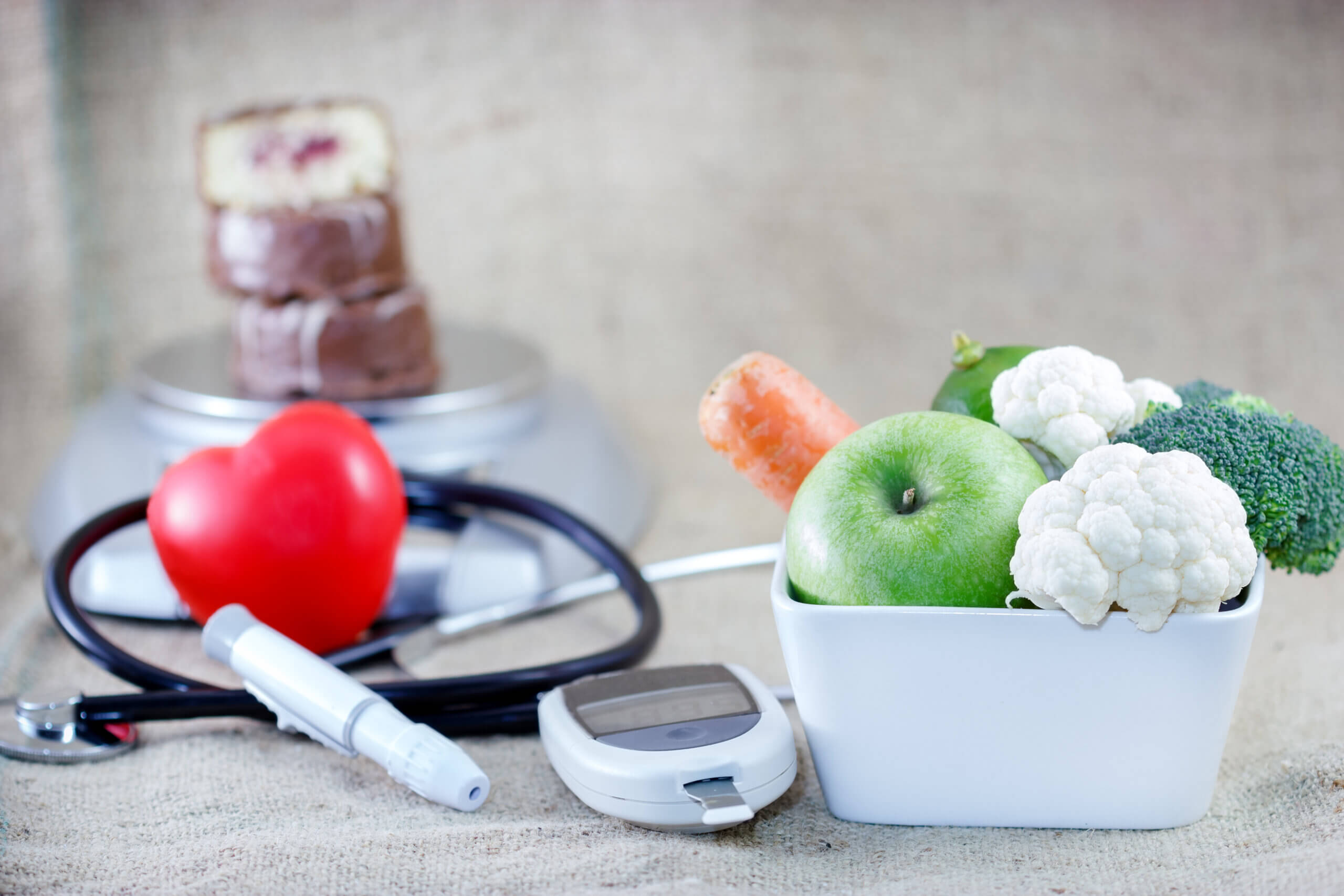

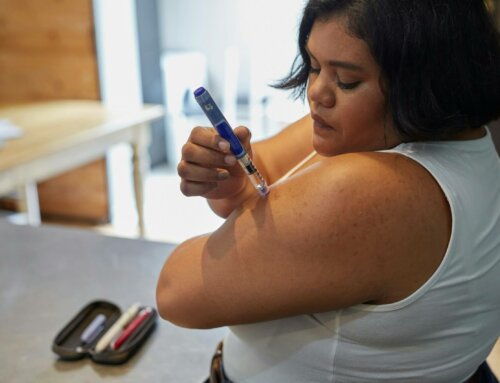
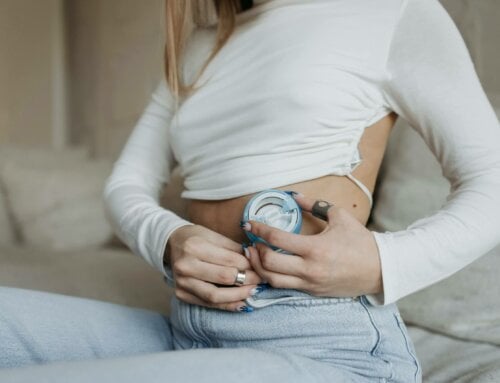
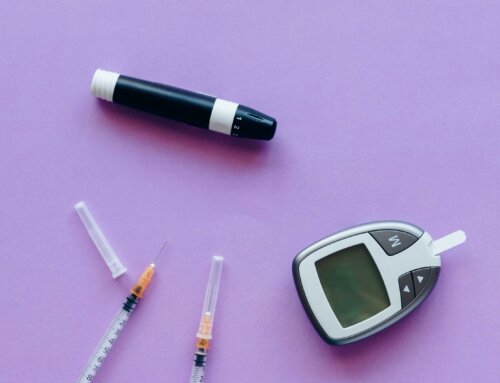

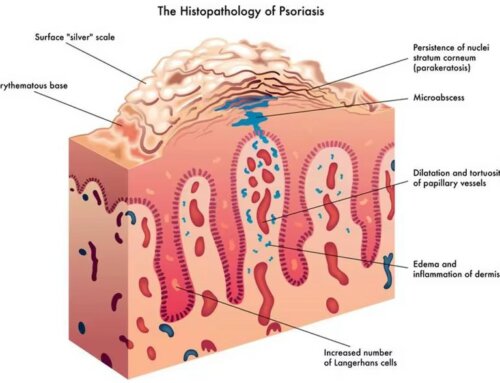
Leave A Comment